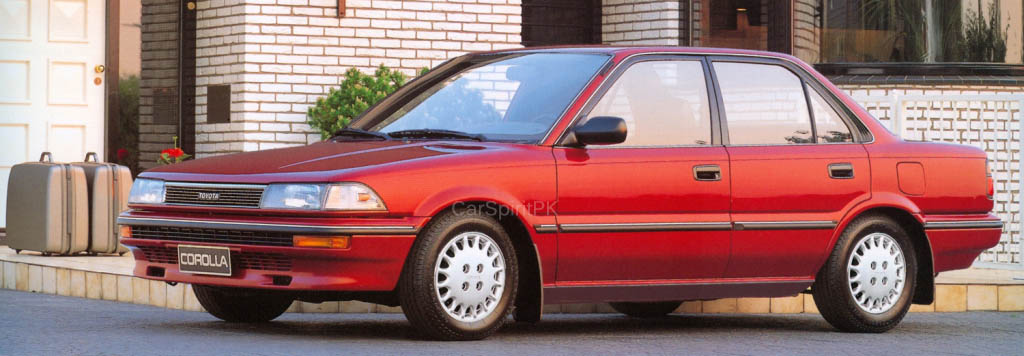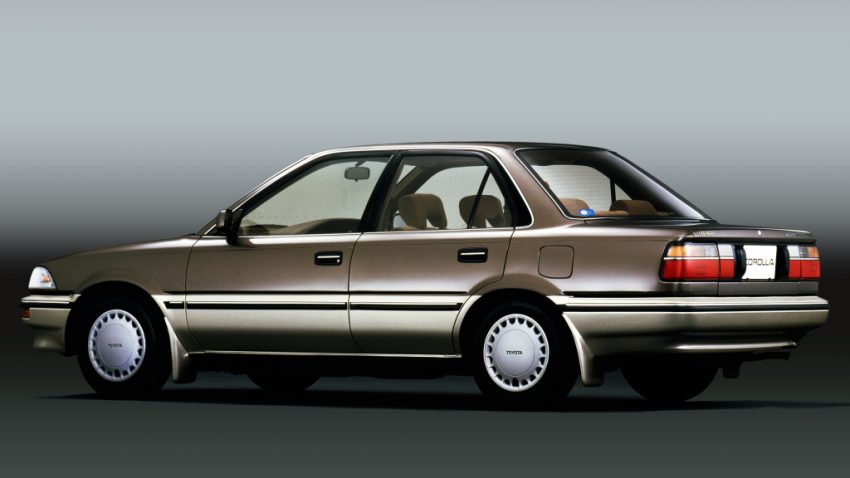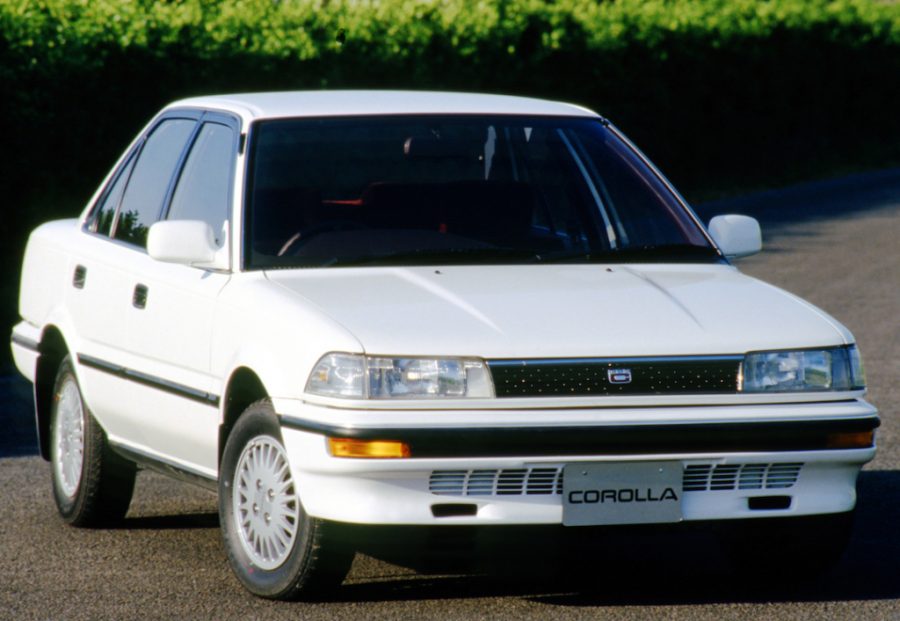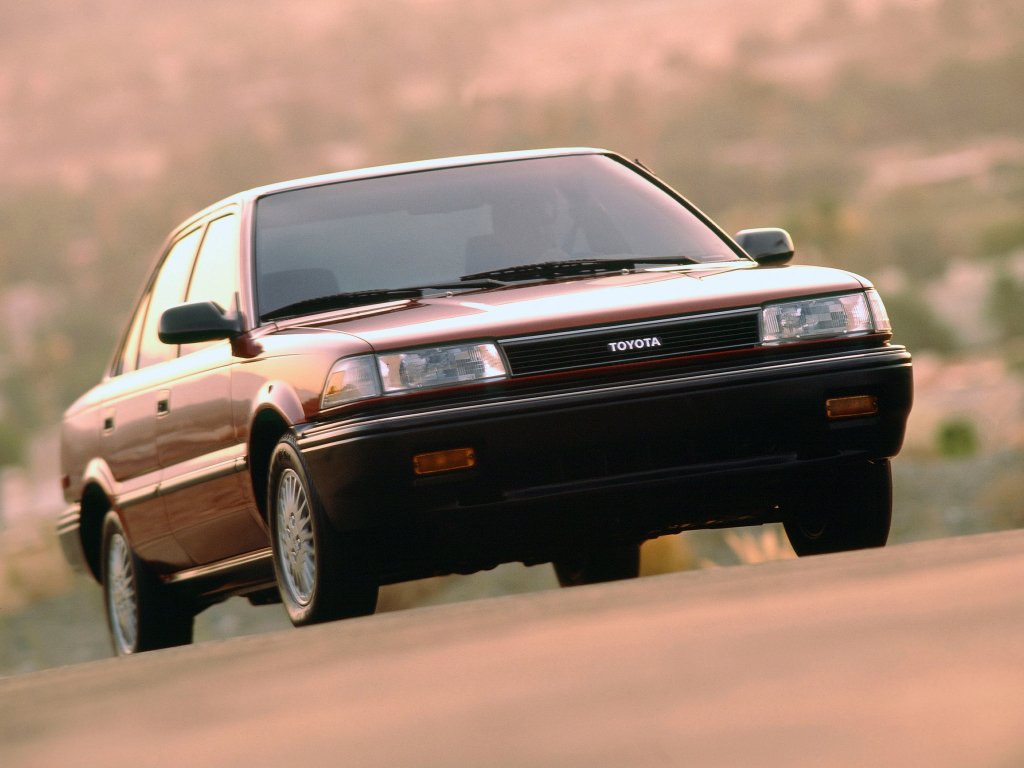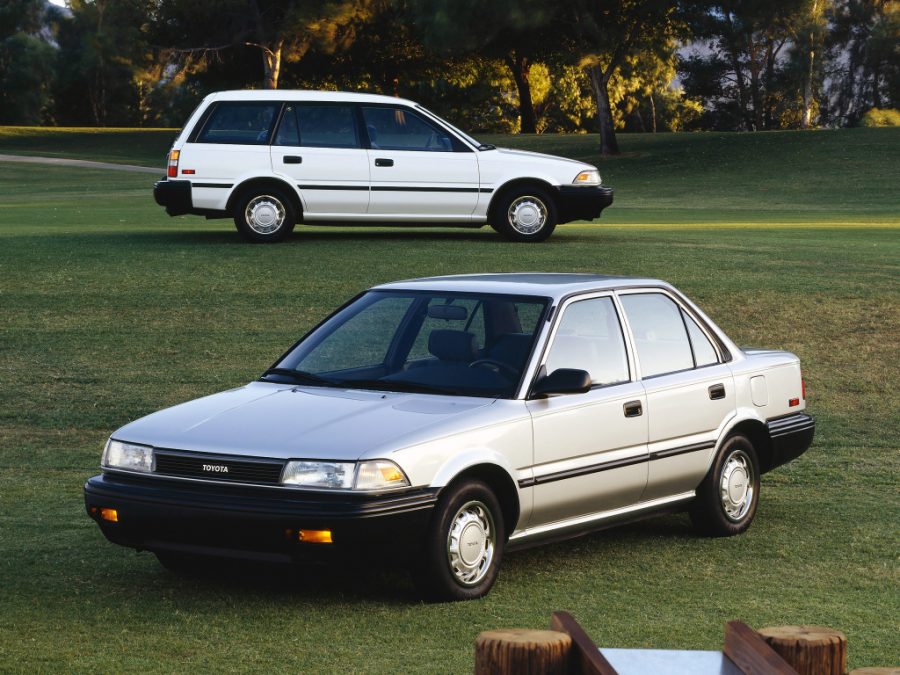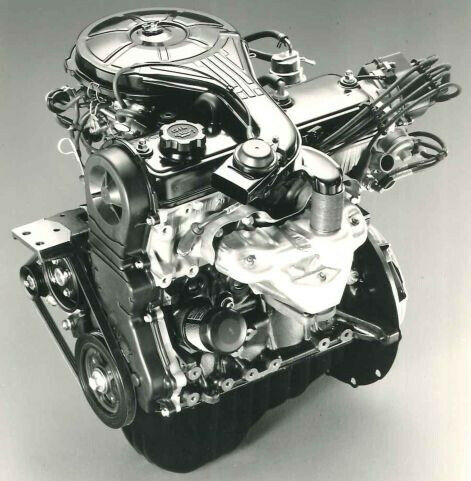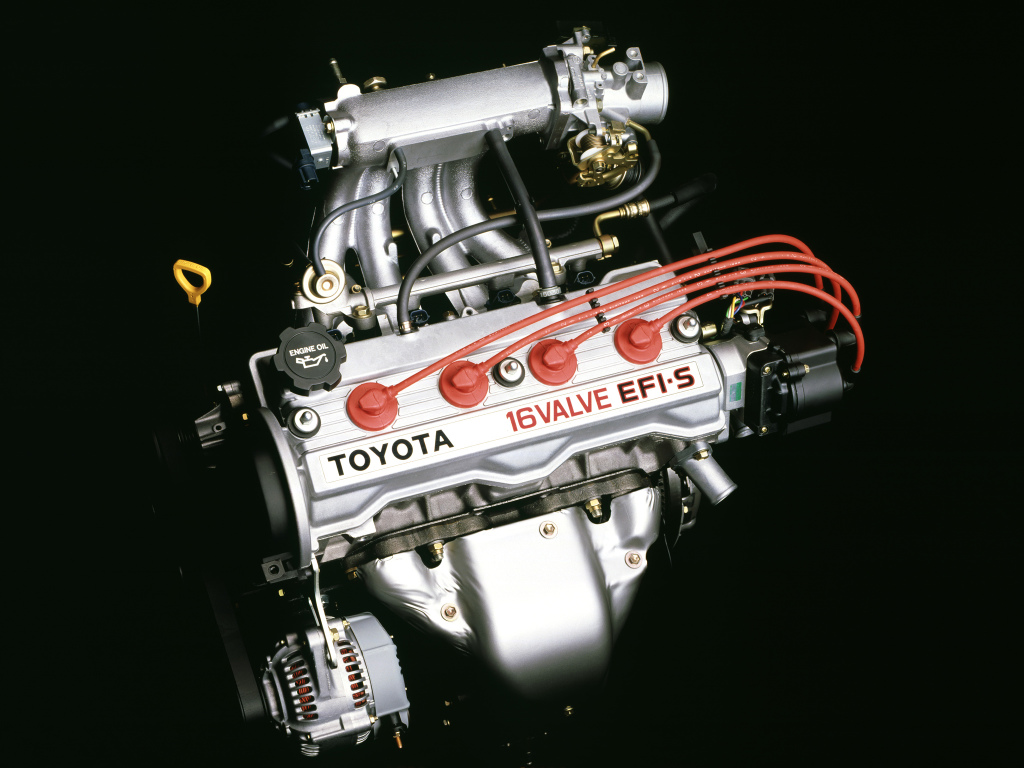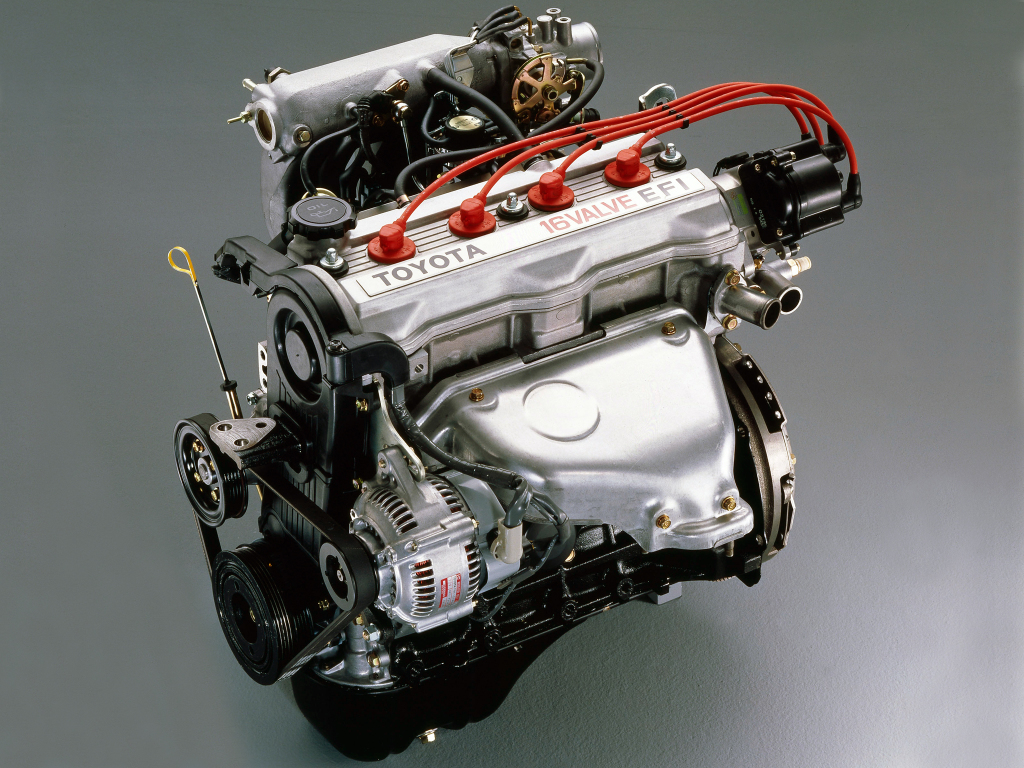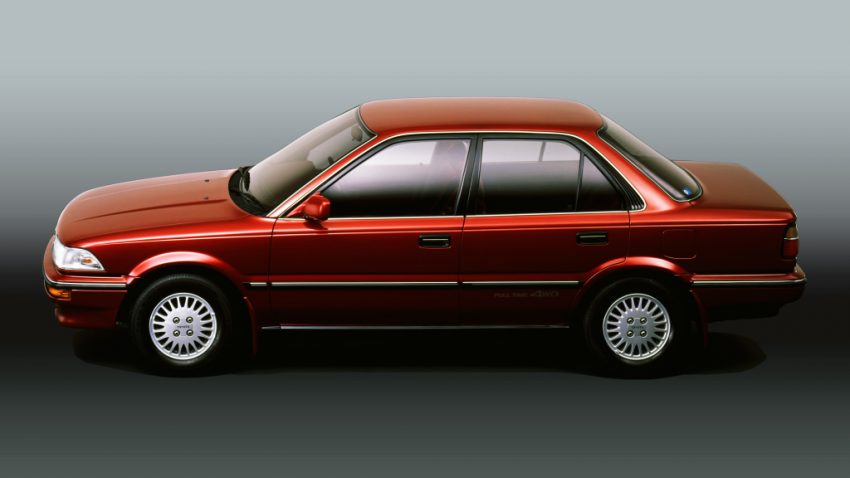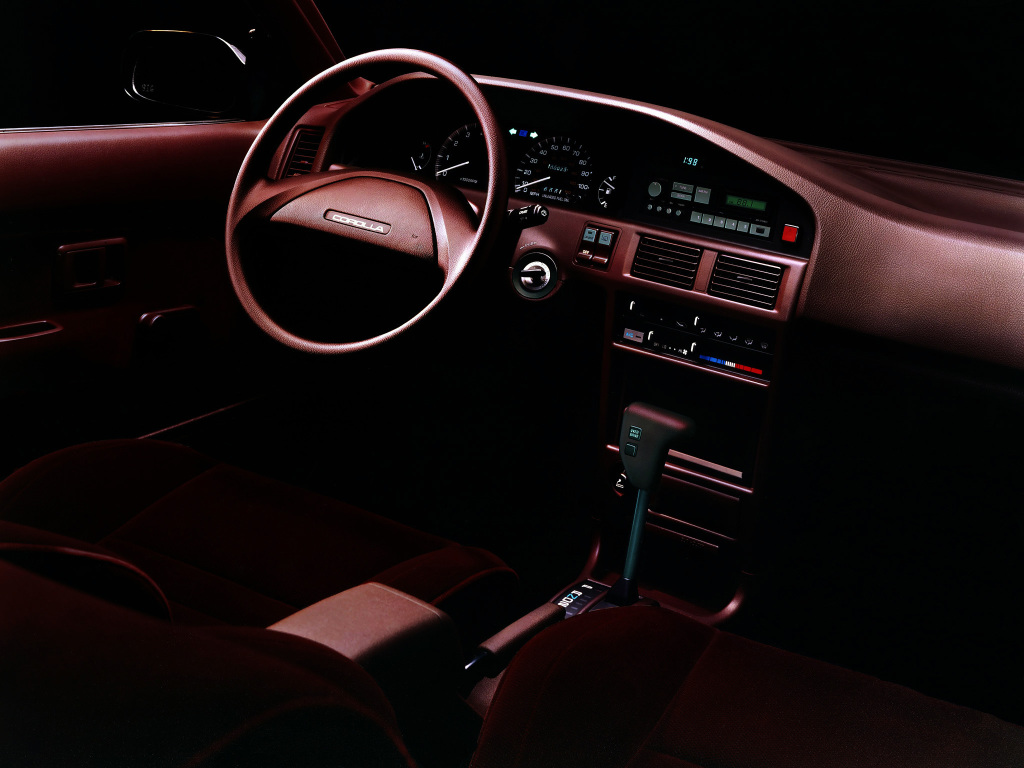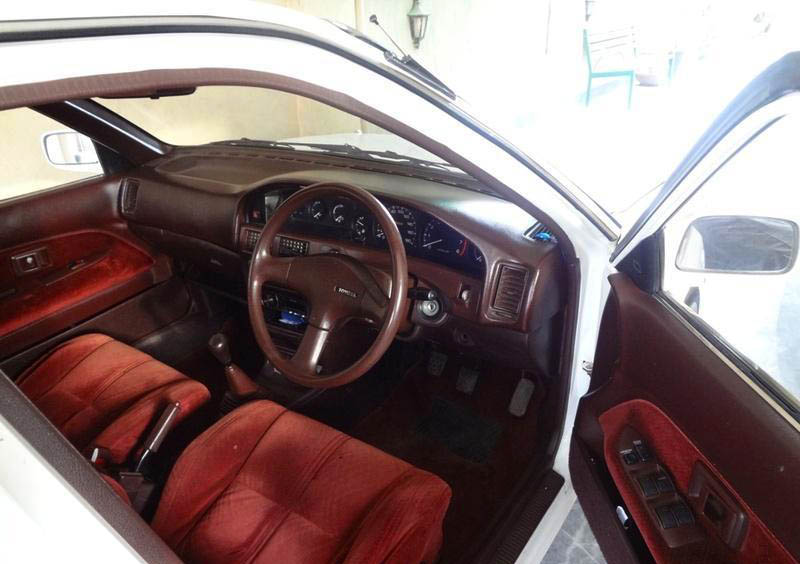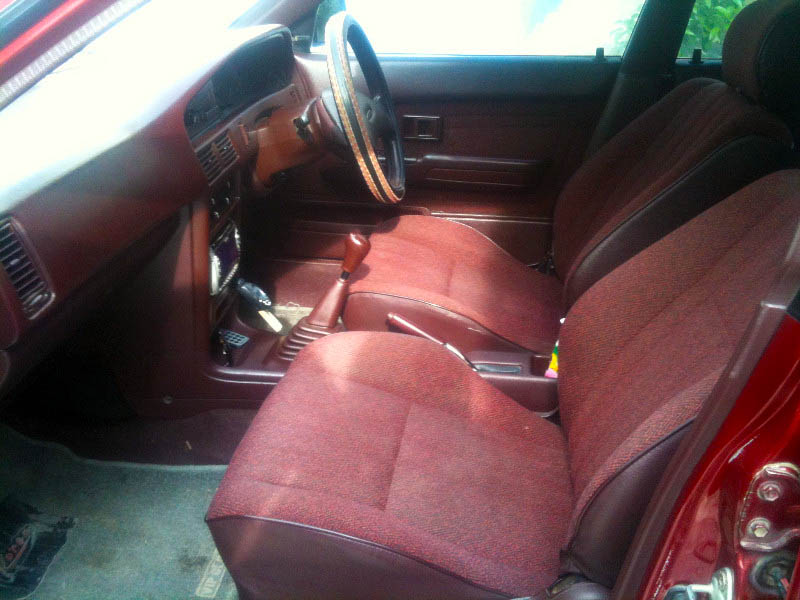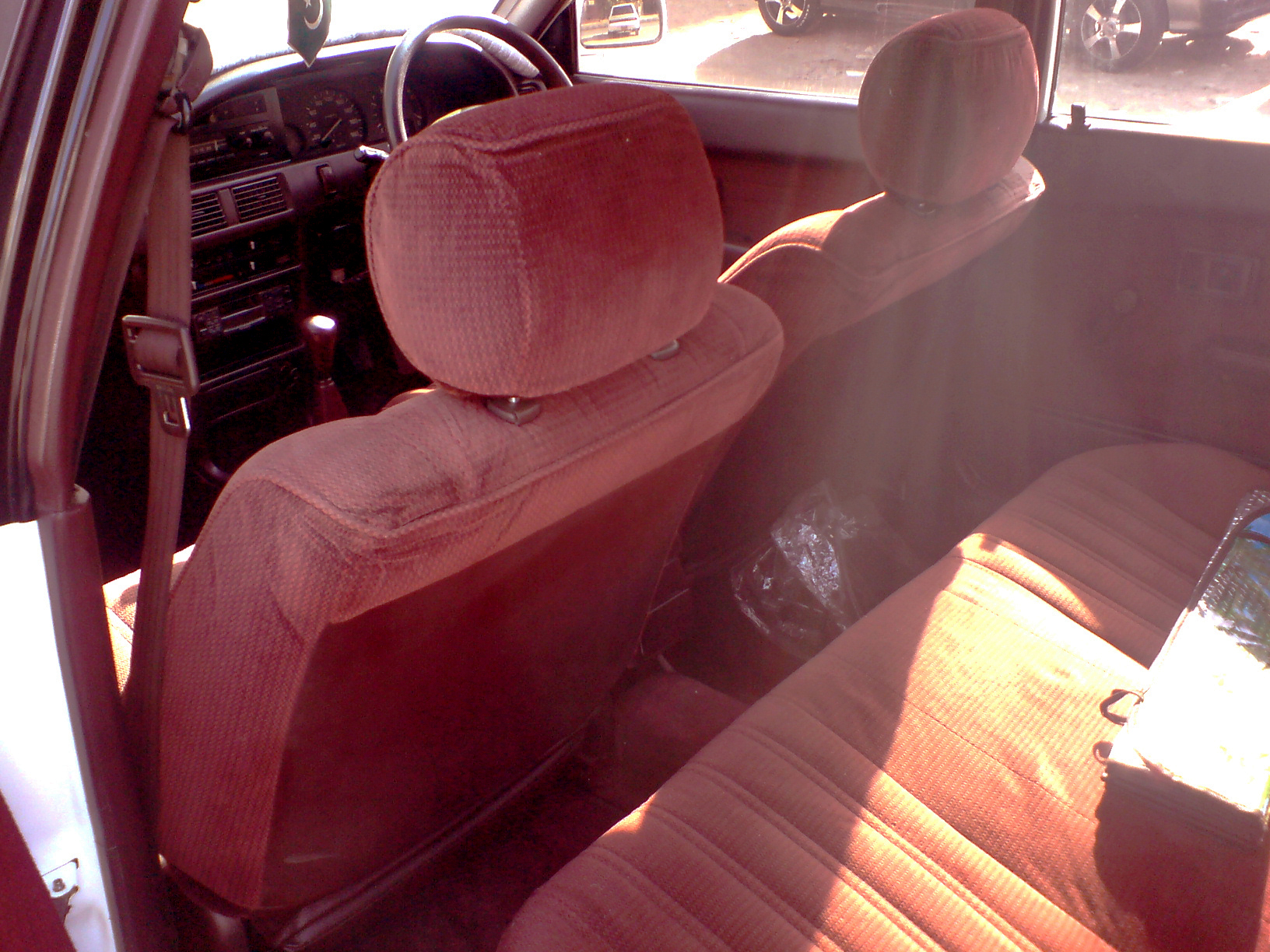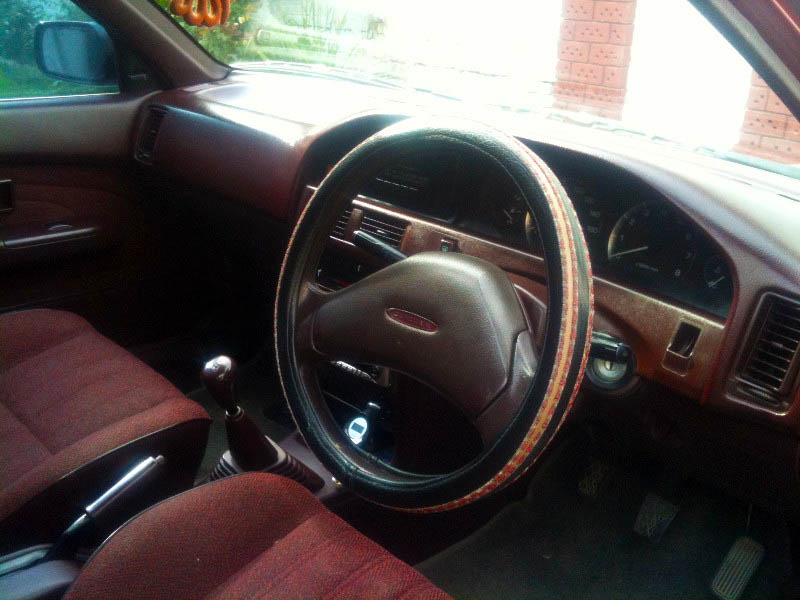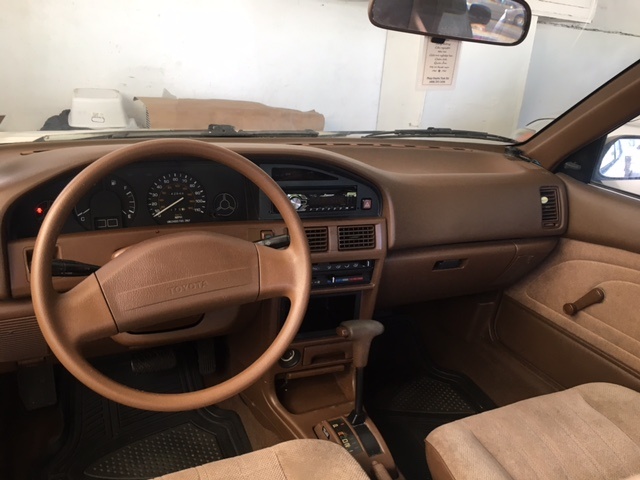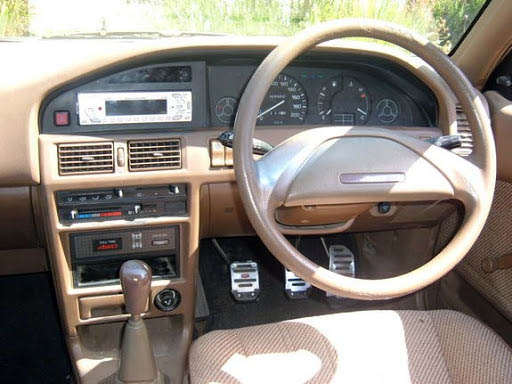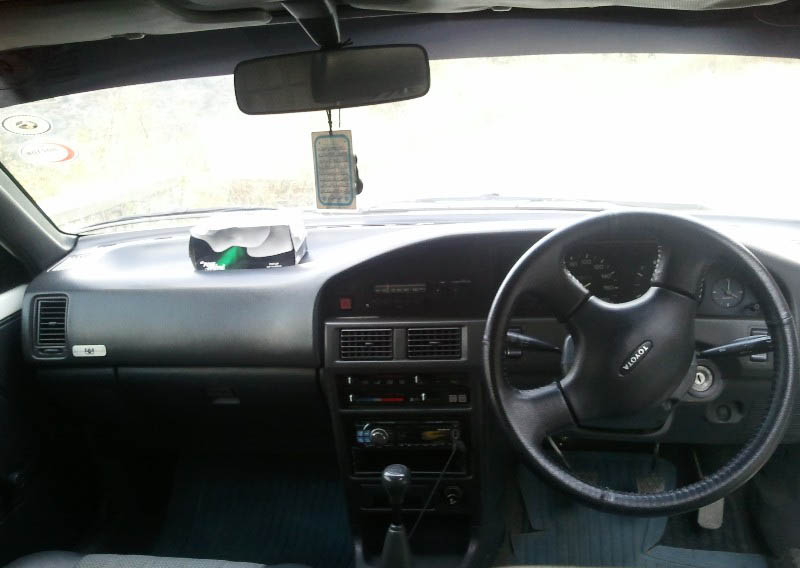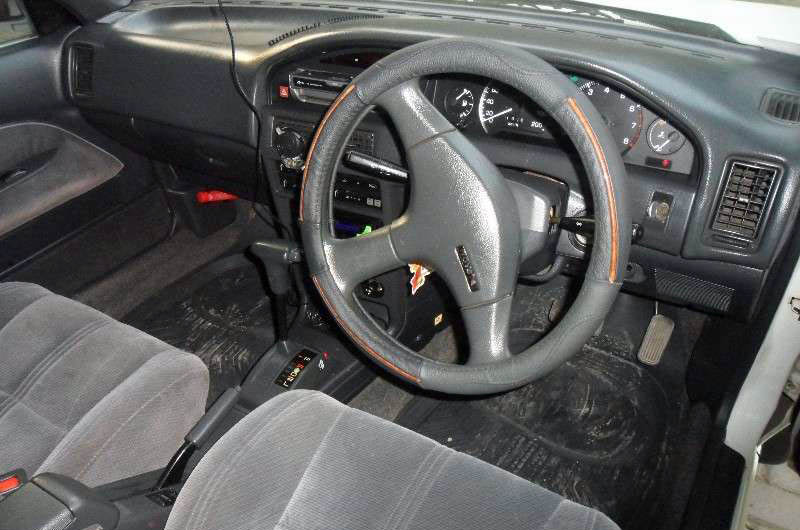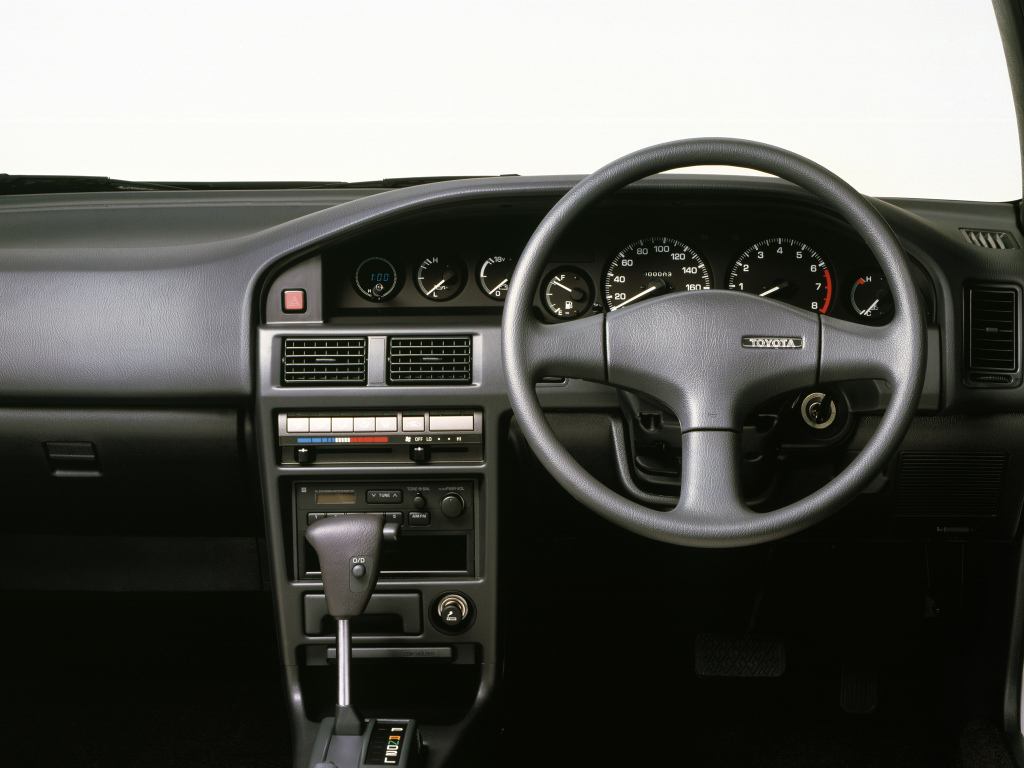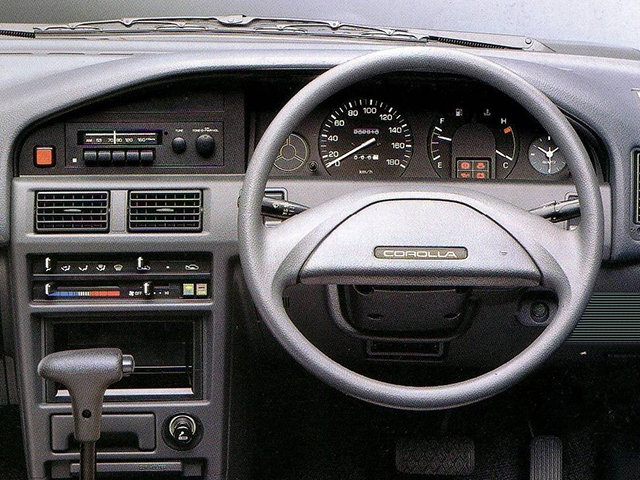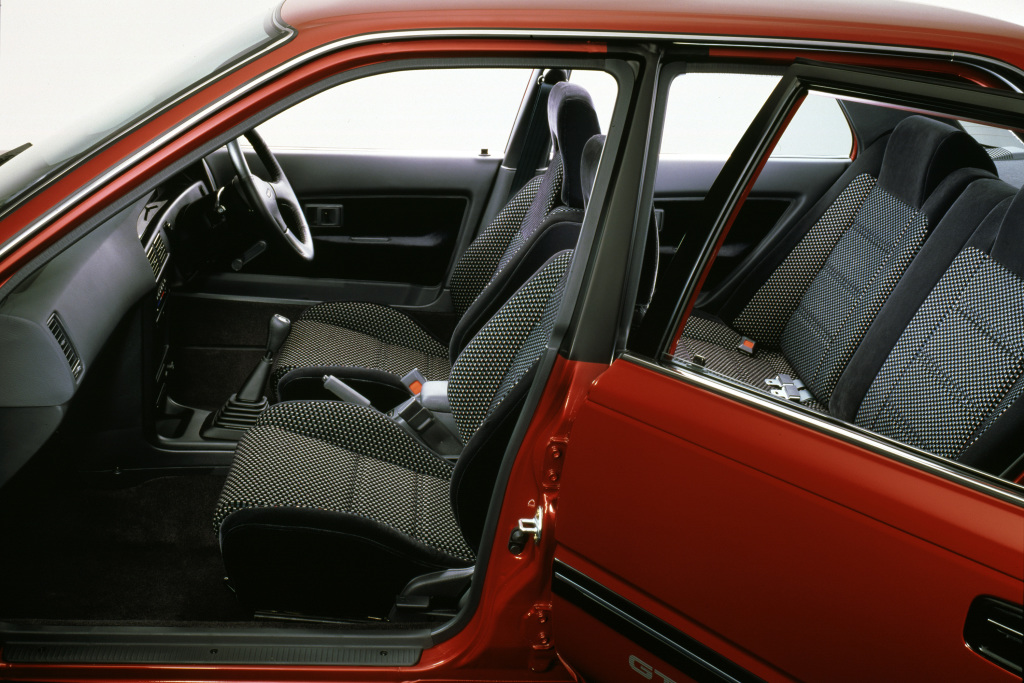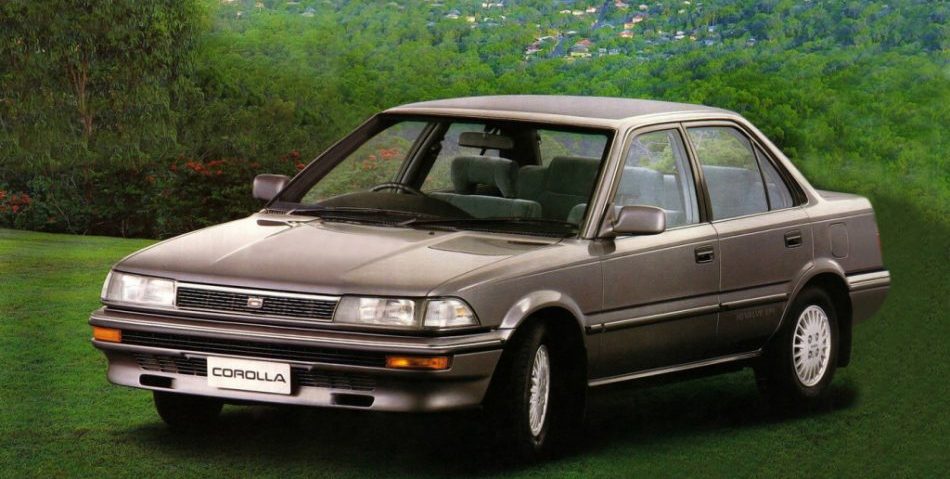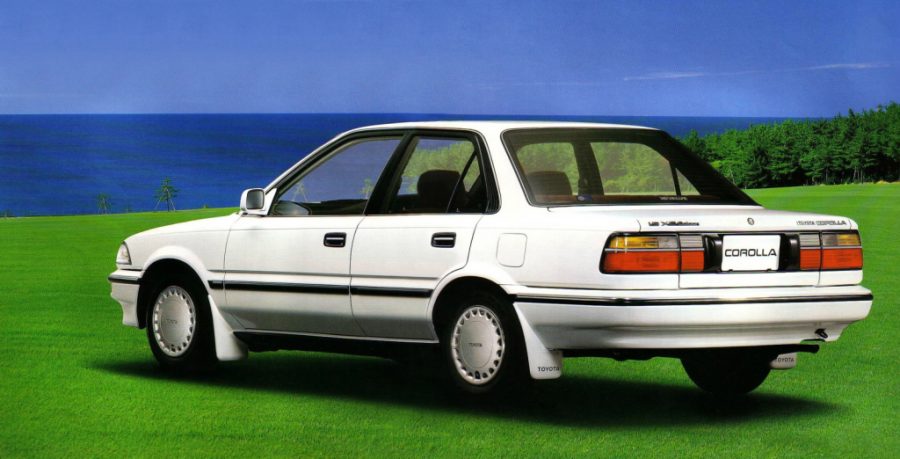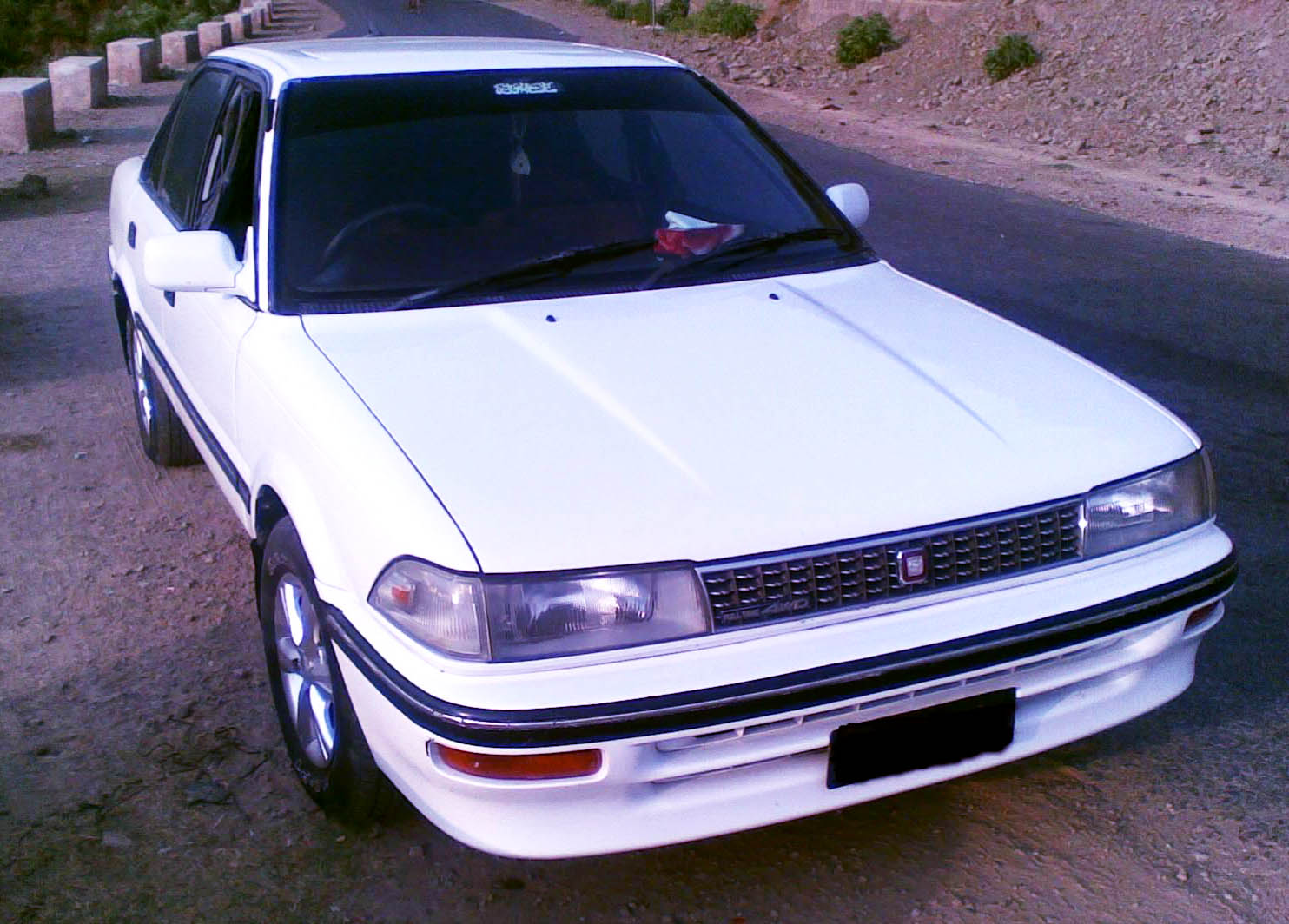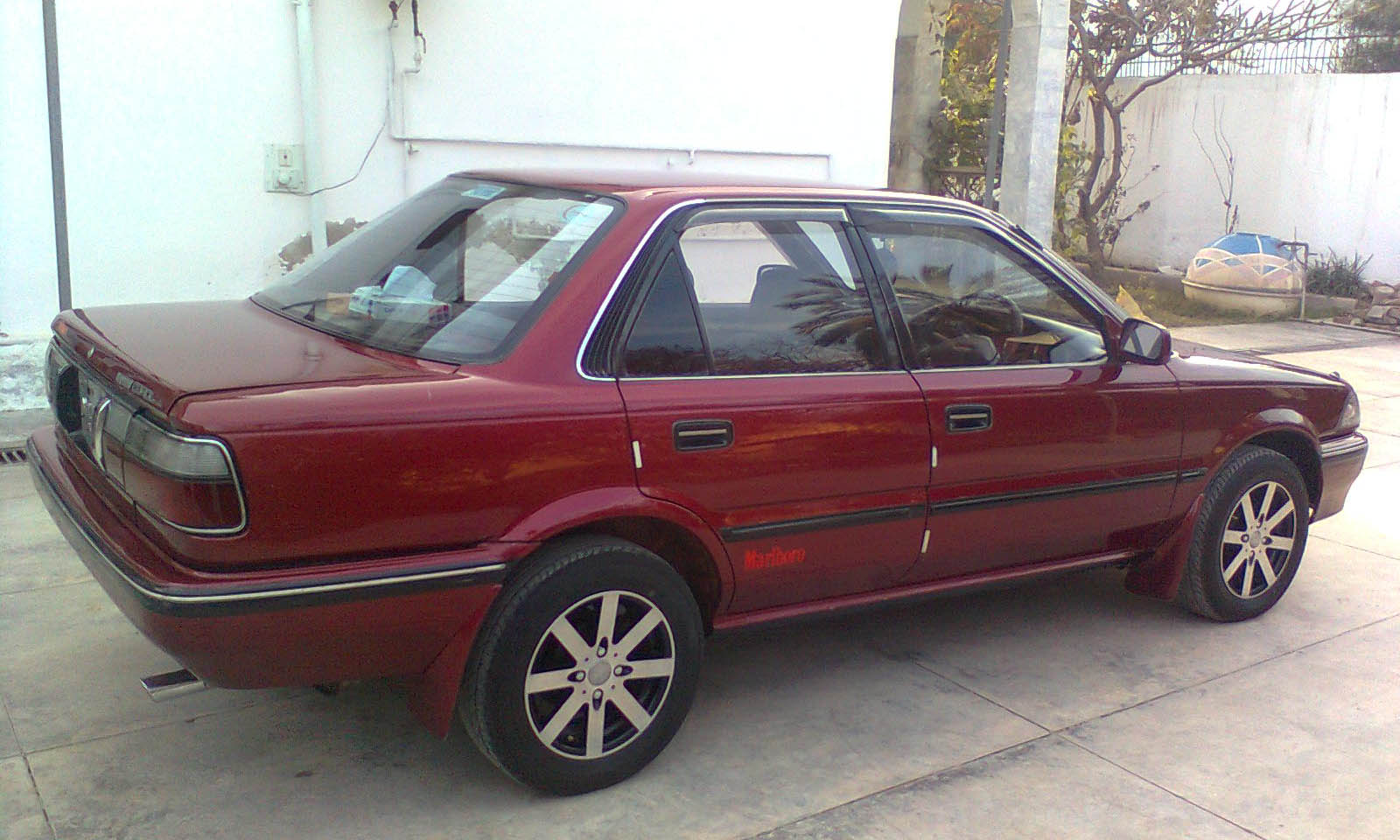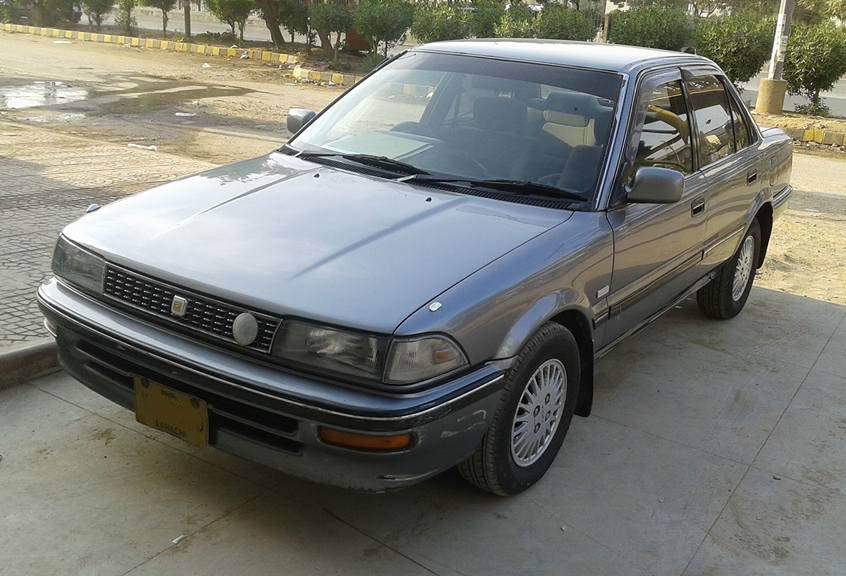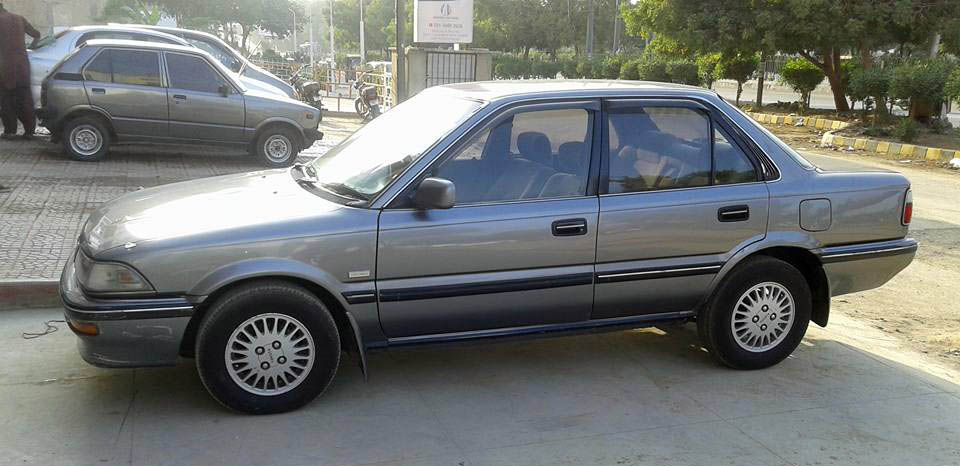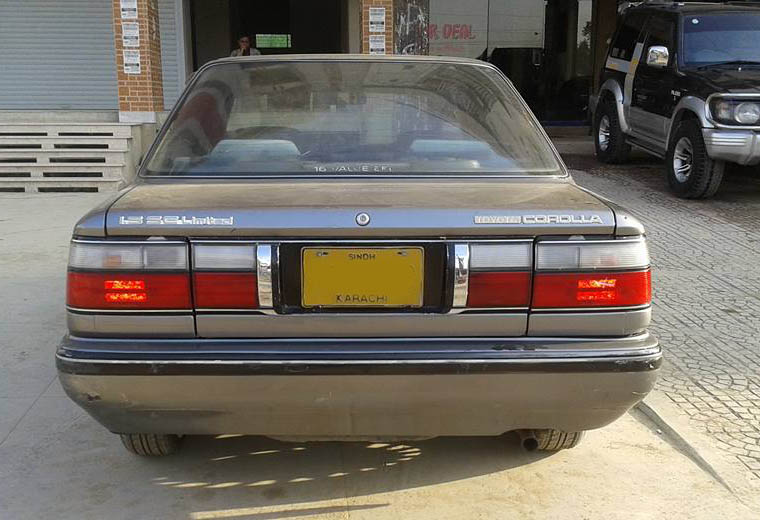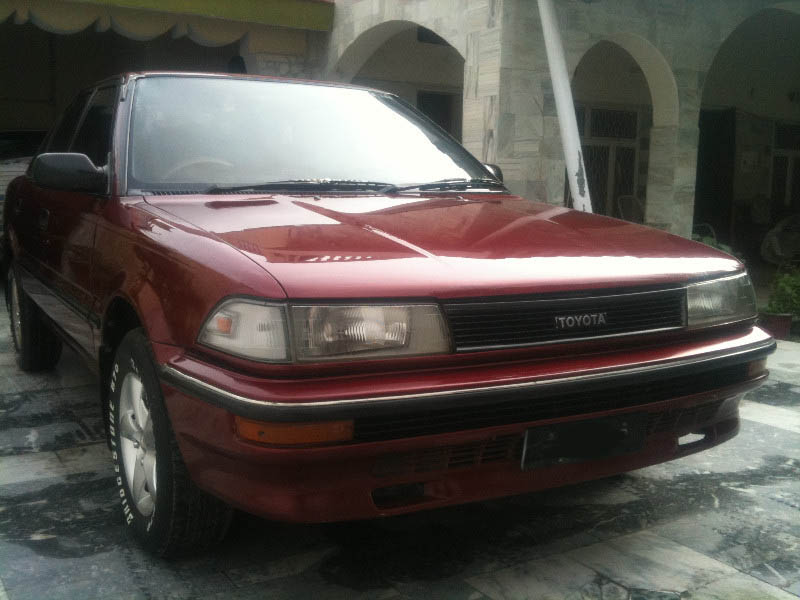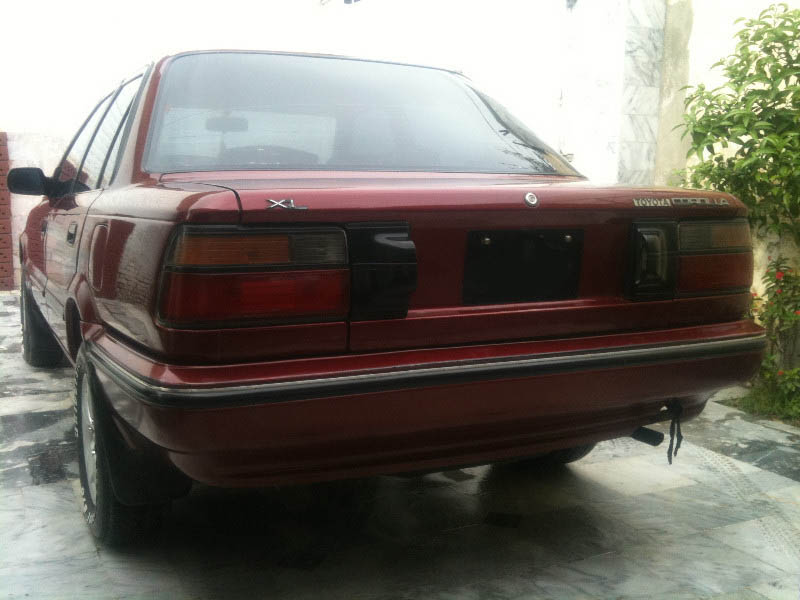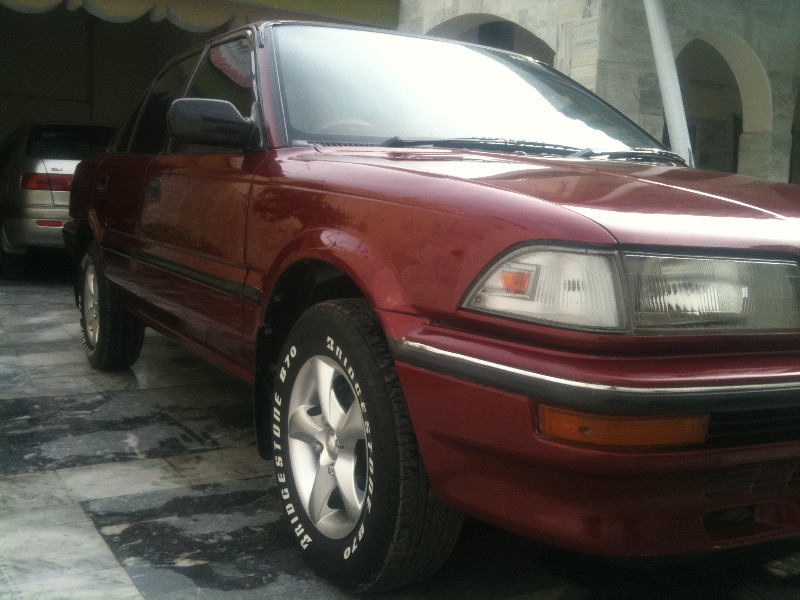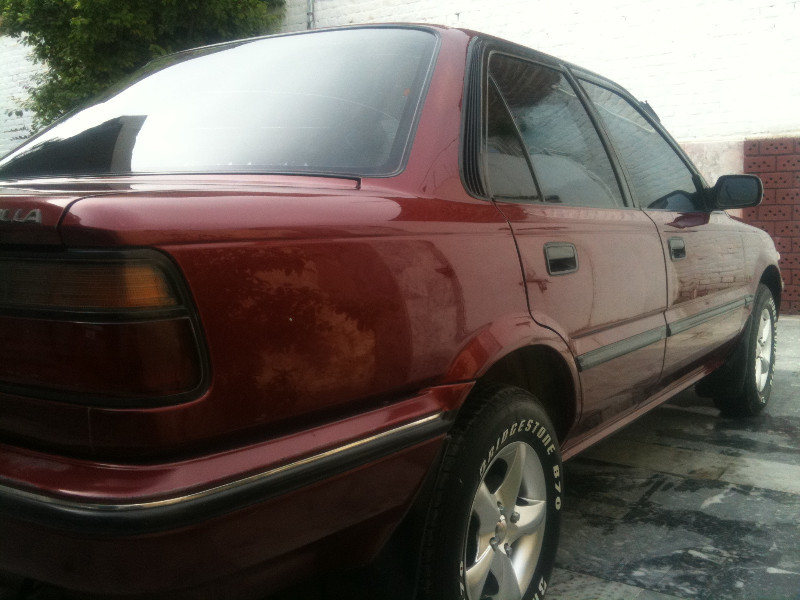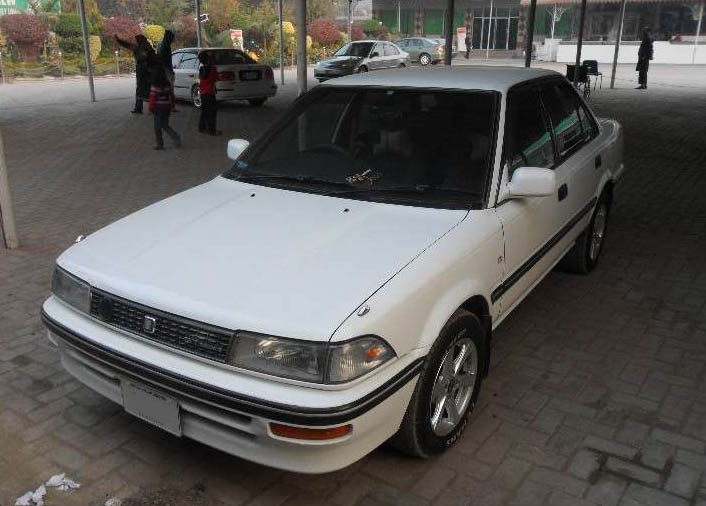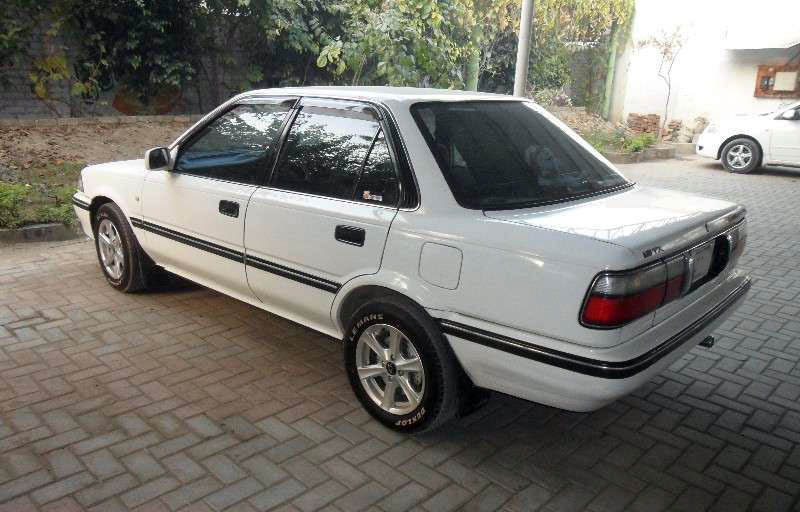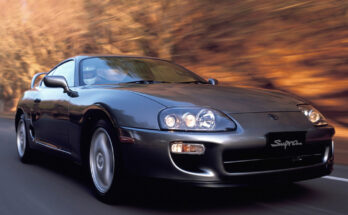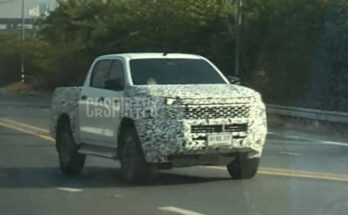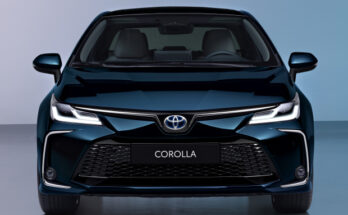Toyota Corolla which is the world’s most successful car has been quite a popular vehicle in Pakistan ever since it first appeared in the late 1960s. Each generation of Corolla saw tremendous success and each generation has its own reasons to be loved & admired.
Related: The Legendary 5th Generation Toyota Corolla E80
One of those popular Toyota Corolla generations from the past is the 6th gen E90. It was the last generation of Corolla that was completely imported in Pakistan either as a new CBU or refurbished, after which Indus Motor Company (IMC) which was incorporated in December 1989 began rolling out the locally assembled 7th gen Toyota Corolla in May 1993.
 It was the last generation of Corolla to be classified as a subcompact car and the first to be exclusively front-wheel drive or all-wheel drive; while the performance option of rear-wheel drive was dropped. So how did it all start? Not many know that the development leader of the 7th Gen Corolla Akihiko Saito was in fact the development leader of the 6th Gen E90 as well. The development of the Corolla E90 was pivoted around the theme “to provide high-quality time.”
It was the last generation of Corolla to be classified as a subcompact car and the first to be exclusively front-wheel drive or all-wheel drive; while the performance option of rear-wheel drive was dropped. So how did it all start? Not many know that the development leader of the 7th Gen Corolla Akihiko Saito was in fact the development leader of the 6th Gen E90 as well. The development of the Corolla E90 was pivoted around the theme “to provide high-quality time.”
The Corolla E90
In an era that sought to satisfy the soul, cars became more than just mere means of transportation. With this, Saito believed that consumers would seek thoughtful attention, ample room, driving excitement, and family time. He also believed improving fundamental performance and appealing to the human senses — including sight, sound, touch, and smell to create a high sensitivity quality — would give the passengers deep satisfaction and lead to providing “high-quality time.” He opined:
“The impression that a car makes is first developed when its essential functions and performance significantly exceed expectations.”
In May 1987, the Corolla evolved into its 6th generation model. The catchphrase used in advertisements at that time was: “A new tale in Japanese vehicles has begun. The birth of the all-new Corolla, a new grade Toyota sedan.”
Related: 7th Generation Corolla E100- The Most Popular Corolla in Pakistan
All areas of the new Corolla were completely renovated to go beyond the norms of its class, and the Corolla entered the market armed with a sense of luxury and an even higher level of quality. Because of the rich economy in Japan, customer needs were greatly changing from satisfaction of ownership to enjoying life and using possessions to enhance a personal lifestyle.
In order to achieve “quality time and travel space” the E90 development team successfully achieved interior and exterior designs replete with a sense of luxury that challenged even higher-grade vehicles, as well as a high-output engine with good fuel economy. The team also searched the range of sensitivity in areas of texture and tone in their pursuit of high levels of quality. Akihiko Saito stated:
“I believe that the Corolla must erase the image of family cars of the past. Wouldn’t it be nice if the quietness and riding comfort of the Crown and the attractive appearance of the Mark II (Cressida) were achieved in a vehicle the size of the Corolla?”
In the development of the 6th generation Corolla, a project team was organized to increase the overall quality. The team made more than 2,000 proposals and cooperated with more than 100 part manufacturers to improve quality even in those areas that the customer would never see. By ensuring high sensory qualities for higher levels of satisfaction, the development staff was confident it had created a new standard for the appearance and finish of Toyota-manufactured vehicles. With this level of quality, far beyond the boundaries of conventional family cars, the sixth-generation Corolla was well-received by many and became a major hit model.
The 6th gen Corolla E90 was well received by many both in Japan and in overseas markets, and its popularity did not fade. In fact, in March 1989, hardly three years after its release, the 6th gen Corolla set a new record for monthly domestic sales in Japan of 44,000 units.
At the time of its initial release, the 6th gen Corolla E90 was available in four body types, including a 4-door sedan, a 2-door coupe, a 3-door hatchback, and a 5-door hatchback. In August 1987, the van and wagon models joined the sixth-generation lineup.
The Engines
Seven types of engines were available at the time of the initial release. This included the 1.3-liter OHC (Over Head Camshaft) 2E engine, the newly developed twin cam 1.5-liter 5A-F and 5A-FE engines, the 1.6-liter Sports twin cam 4A-GE and Supercharged 4A-GZE engines and the 1.8-liter OHC 1C-II diesel engine. A 1.5-liter OHC 3E engine also was available exclusively for the van model. Later in September 1987, the 1.6-liter twin-cam 4A-F engine was established exclusively for the 4WD model.
Some of the engines that were available with the E90
In May 1989, in the second half of the model period, the 5A-F and 4A-F engines were replaced by the EFI-controlled 5A-FE and 4A-FE engines. In addition, the 5A-FHE was established for some grades of the coupe and hatchback models by further tuning the 5A-FE engine for improved output. Then in September of the same year, the 2.0-liter OHC 2C-III diesel engine was added to the lineup for 4WD models.
Drivetrain
For the drivetrain, the front wheel drive was adopted from the time of the initial release for the sedan, coupe and hatchback. In August, three months later, the van and wagon were converted to the FF drivetrain, and the conversion of all Corollas to FF started on the fifth generation, was completed. Later, Corolla’s first full-time 4WD, based on the FF drivetrain, was established to further support the diversification of customer needs.
The Exterior
A wide and low theme was adopted for all body types, and a luxurious design was given to the sixth-generation Corolla. To achieve the exterior design, the Corolla was designed like higher-grade vehicle with a well-proportioned style, including a large, low form with a small cabin proportion and with rounded lines, which was the newest trend.
Specifically, when seen from the side, the exterior design emphasized a carefree image with its straight horizontal lines that seemed to flow from the top of the fender to the rear trunk and with a cabin that appeared to be positioned on top. In addition, a visual effect was also incorporated by bringing the front pillar and rear pillar closer to the center pillar to achieve a well-proportioned style, and a delicately designed radiator grille was adopted to achieve a design that overflows with a sense of luxury.
The Interior
As for the interior, the design team searched for directions and to determine that, the designers along with sales staff, visited many customers at their homes to hear opinions. Also, to incorporate the trends of that time, the team even began analyzing songs that were popular at that time (in Japan) to determine what exactly it was that would be accepted by the people. From the analysis of popular songs and from listening to customers firsthand, the team was guided in a design direction that led to luxury and freshness.
Specifically, the seats adopted velour, knit fabric, and a large, thick design to portray an image of luxuriousness. For the interior color, maroon was adopted — a color that had gained an excellent reputation in use in higher-grade vehicles. Creating a new interior space focused on ergonomics. The shape of the meters and the layout and grouping of the controls were designed by carefully examining visibility and operability.
Related: When Cars Looked Like Cars..
And while maroon was used as a primary interior theme, other colors such as brown and grey were also used in different trims to be sold in various other markets across the globe.
Various interior themes of the Corolla E90
In addition to the design, areas from the meter cluster to the instrument panel and door trim were wrapped with softer materials to achieve a pleasant texture. Meticulous attention was given to even the feel of switches. In the area of sound, penetrating road noise and wind noise were reduced, and engine sound was tuned carefully to create a pleasant tone. Furthermore, computer analysis was used to achieve a body structure that generated minimum noise and vibration, and as a result, a superior level of quietness was achieved. On the other hand, air conditioning was improved with dynamic pressure ventilation performance, which played an essential role in keeping the cabin air fresh.
Efforts were also made to enhance the comfort and convenience of equipment. The seats were available with a seat lifter, lumbar support, side support, and full-flat reclining. Rear seat types were available according to the body type and grade, including a 60:40 split retractable rear seat and a one-piece fixed rear seat. In addition, a countless number of comfort and convenience equipment were available, such as centralized power window switches, an air conditioning system that enabled rapid heating and cooling, sun visors with vanity mirrors, a power sunroof, 7-step adjustable tilt steering, and a rear window defogger with heater wires.
Related: Things That We Miss About Old Cars
Numerous easy-to-use storage spaces were also provided, including large door pockets, a front console tray, a glove box under tray, a console box with a cassette box, and a front seatback pocket.
The Performance
To accommodate the enhanced engine performance and drive power, disc brakes were adopted for the front brakes on all models, ensuring optimum braking force. In addition, a brake booster, that enabled a large braking force to be generated with only a light pedal pressure, and X-type dual circuits to handle the rare event of brake abnormalities were adopted. For models with sporty engines, ventilated disc brakes with superior anti-fade performance were adopted to ensure high braking force.
In terms of body rigidity, high levels were achieved by optimizing the frame structure and profile shape of the components. In addition, adjustable seatbelt anchors were adopted to ensure a comfortable fit for passengers of any physique.
Other Technologies and Equipment
In addition to the above, the 6th gen Corolla E90 also made use of other technologically advanced equipment that was not part of the predeceasing generation models. These include:
- Advanced panoramic digital meters with superior visibility
- Power adjustable and retracting outer mirrors
- A glare-proof inner mirror that prevents glare from the lights of trailing vehicles
- Push button heater control panel and push button hazard lamp switch with superior operability
- Trunk room lamp
- Cup holders
- Fabric-toned trunk mat
- Electronically controlled carburetor with a fuel cut-off function to contribute to fuel economy performance
- Turnover-type clutch pedal with reduced operational force
Although in Japan the 7th gen Corolla E100 came as a replacement in 1991, the E90 was produced till mid-1992 primarily for export markets. And more surprisingly even a decade after being discontinued, its refurbished units were being imported in Pakistan under different used-import schemes.
Related: Remembering Cars from the Previous Decade
The Toyota Corolla E90 still has a trusted fan base in our country, and although it’s no longer a regular sight on our roads, you can still come across a well-maintained one in major cities of Pakistan. Have you ever owned or used this car, let us know about your experience.
Some well-maintained Corolla E90 in Pakistan

A computer animation professional with over 23 years of industry experience having served in leading organizations, TV channels & production facilities in Pakistan. An avid car enthusiast and petrolhead with an affection to deliver quality content to help shape opinions. Formerly written for PakWheels as well as major publications including Dawn. Founder of CarSpiritPK.com

